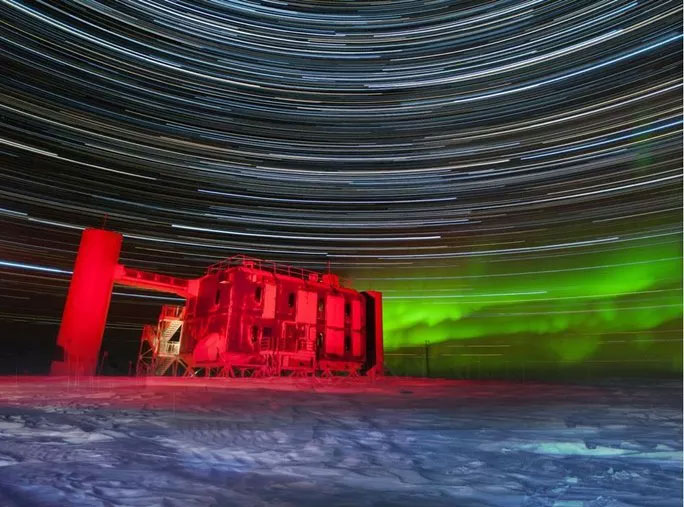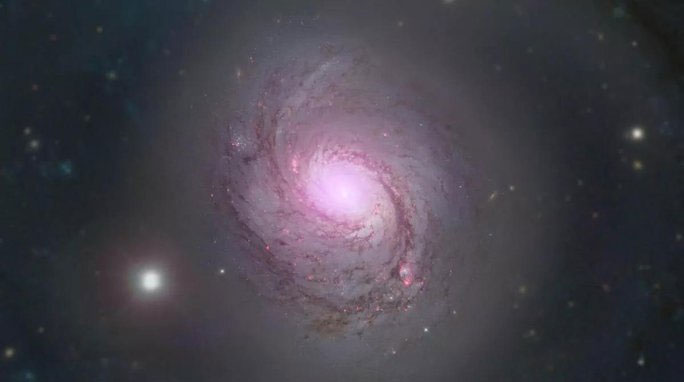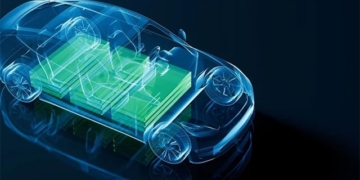A captivating monster revealed in photos released by NASA may very well be the universe’s neutrino factory.
Invisible and able to pass through everything as smoothly as a ghost, including our bodies and even the Earth itself, neutrinos – the nickname scientists have given to subatomic particles known as neutrinos – have been a source of curiosity since their discovery by the IceCube Laboratory in Antarctica in 2015.
We only know that neutrinos are a type of cosmic particle, carrying high energy and traveling from the depths of space to worlds including Earth. Their ability to penetrate all matter has even led researchers to explore applications in planetary science.
However, the origins of neutrinos and how they appear remain a profound mystery.

The “lonely” IceCube Laboratory in Antarctica – (Photo: IceCube Collaboration)
Now, a study published on November 4 in the scientific journal Science suggests a possible origin: Galaxies acting as cosmic-scale particle accelerators.
One of the factories that humanity can observe through NASA’s “eye” of telescopes is NGC 1068.
Also known as Messier 77 or Centaurus A, NGC 1068 appears as a bright star located 47 million light-years away, in the constellation Cetus. NGC 1068 has an estimated radius of 85,000 light-years and is home to 300 billion stars.
According to Live Science, a research team from the University of Wisconsin-Madison has confirmed that it is simultaneously a cosmic particle accelerator, a “Disneyland” for neutrinos.

Galaxy NGC 1068 – (Photo: NASA)
Analyzing data about this peculiar galaxy, Professor of Physics Francis Halzen, the lead researcher, found that NGC 1068 is an area rich in gas and electromagnetic energy. It is emitting large quantities of neutrinos throughout the universe, with the primary production site believed to be the core of the galaxy.
In that dense core, scientists discovered a supermassive black hole earlier this year, obscured by thick clouds of dust. Neutrinos are emitted right at that black hole, like gigantic jets, which can shower objects in distant galaxies with a rain of neutrino particles.
Further analysis reveals that the region surrounding the black hole, known as the accretion disk, is where neutrinos are generated.
The accretion disk is a chaotic area filled with matter being pulled into the black hole, and the violent activities occurring there, amidst a tremendous magnetic field, have transformed it into a cosmic-scale particle accelerator, producing neutrinos and potentially many other forms of subatomic particles when protons from cosmic rays collide with atomic nuclei, generating a cascade of secondary particles.
This research is based on observational data from NASA’s telescopes and several other astronomical observation devices, as well as improvements to the neutrino detector at the IceCube Laboratory.
According to the authors, this study is just the beginning of their ambition to explore the world of neutrinos.


















































